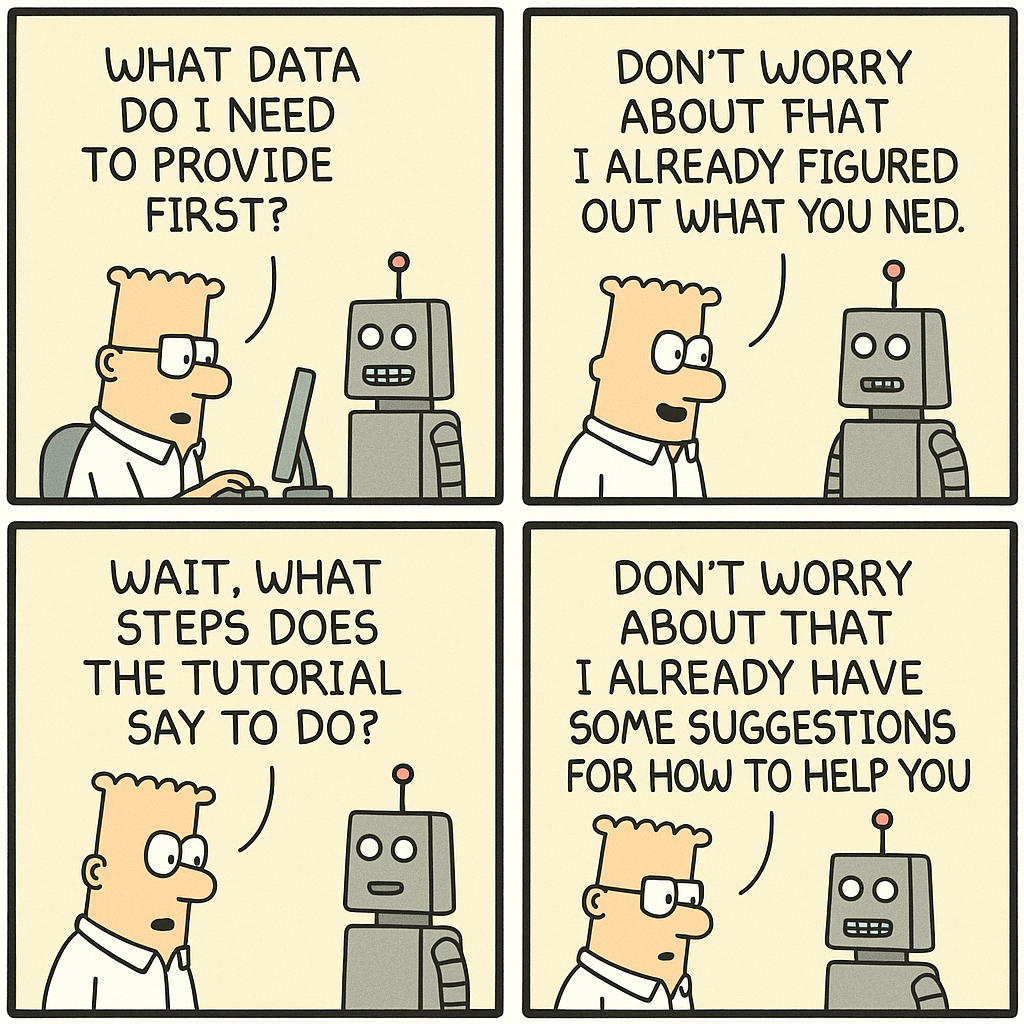Are you leading a team but feeling like the same voices dominate every discussion? Are the quieter, perhaps less senior members of your team consistently overshadowed? It’s a common leadership challenge, but the solution might be simpler than you think. It’s called the 7-second rule, and it’s about to revolutionize your meetings and, ultimately, your leadership.
The Plight of Unheard Voices
In many teams, especially in high-stakes environments, the loudest individuals often take the spotlight. While they may have valuable contributions, this dynamic can silence less assertive members, leaving potentially groundbreaking ideas unspoken and team members feeling undervalued. If you’re noticing a lack of diverse input and engagement, it’s time for a change.
The Power of Pause
The 7-second rule is deceptively simple: after asking a question, wait for at least seven seconds before moving on. This strategic pause is more than a silence; it’s a powerful tool for inclusion and better decision-making.
Why 7 Seconds? In the rush of business, seven seconds can feel like an eternity. But this period allows individuals to process the question, consider their response, and gather the courage to speak up. It ensures that your team doesn’t just react, but reflects and responds thoughtfully.
The Impact on Your Team
**1. Empowerment: Everyone gets a chance to contribute, not just the quickest thinkers or the most outspoken. This can be particularly transformative for junior members or those who are naturally more reflective.
**2. Quality Ideas: You’re no longer just skimming the surface for ideas. The 7-second rule can unearth deeper insights and more creative solutions that would otherwise remain buried.
**3. Cultural Shift: When you consistently implement this rule, you’re sending a clear message about your values. You’re saying that every voice matters, that you’re willing to wait for those voices, and that thoughtful contributions are more valuable than quick ones.
The urge to fill silence is a natural human instinct, especially in a group setting where pauses are often perceived as awkward or indicative of disengagement. As a leader, when you ask a question and are met with silence, it might be tempting to nudge the group with prompts like “Come on…” or “Doesn’t anyone have anything to say?” However, this approach can be counterproductive for several reasons:
1. Pressure and Anxiety: Such prompts can create pressure, making team members feel anxious or rushed. This can lead to surface-level responses or deter people from speaking up at all, especially those who need a bit more time to formulate their thoughts.
2. Undermining the Rule: The 7-second rule is about creating space for thoughtful participation. Rushing to fill the silence undermines the purpose of the pause and signals to your team that quick responses are valued over thoughtful ones.
3. Discouraging Diverse Contributions: Continually filling the silence can reinforce the dynamic where only the most confident or quick-thinking individuals contribute, leaving the more reflective or less assertive team members out of the conversation.
What to Do Instead
Instead of yielding to the impulse to break the silence, embrace it as a leadership tool. Here’s how:
Ask Engaging Questions: Start by asking open-ended, thought-provoking questions that encourage deep thinking. This sets the stage for meaningful responses.
Be Silent: After posing your question, be silent. Resist the urge to fill the space. Your silence demonstrates that you are patient and genuinely interested in hearing diverse viewpoints.
Count to 7: To help resist the urge to speak, count slowly to seven in your head. This gives you a concrete way to measure the pause and ensures you give enough time for others to reflect and respond.
Observe: Use the silence to observe your team. Their expressions and body language can provide insights into their engagement and readiness to speak.
Reinforce Positively: When someone does speak up after a pause, especially if they’re typically quieter, acknowledge their contribution positively. This reinforces the value of speaking up and encourages others to do the same.
Remember, as a leader, your behavior sets the tone for the group. By embracing the silence and waiting patiently, you’re not just waiting for an answer; you’re cultivating an environment where every team member feels valued and heard. This not only enhances the quality of ideas and discussions but also builds a stronger, more inclusive team culture.
The Challenge to Leaders
Here’s the polarizing truth: if you’re not actively working to hear every voice, you’re passively suppressing them. Leadership isn’t just about making decisions; it’s about fostering an environment where the best decisions can emerge. And that environment is one where every team member, regardless of rank or disposition, knows their insights are valued and awaited.
Implementing the 7-second rule won’t just change how you conduct meetings; it will change how your team perceives you and their role in the organization’s success. It’s a small change with the potential for a monumental impact. So, leaders, the challenge is clear: will you speak up for the unheard voices? Will you give them the time they need to be heard? Your leadership and your team’s future might just depend on your answer.
















